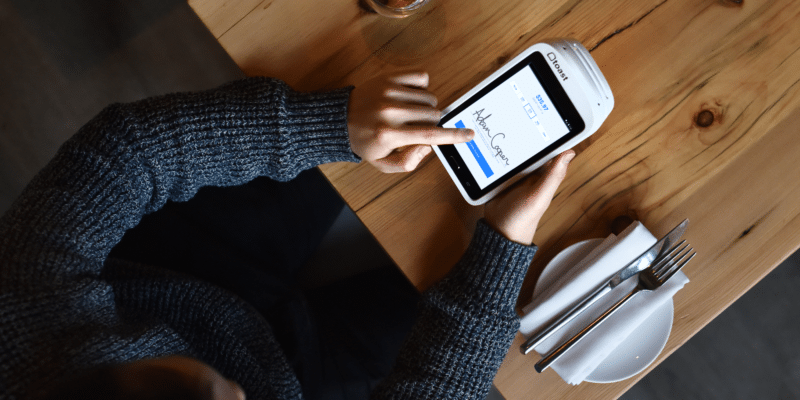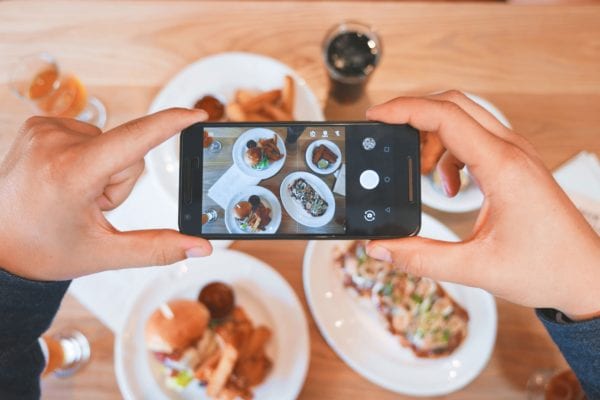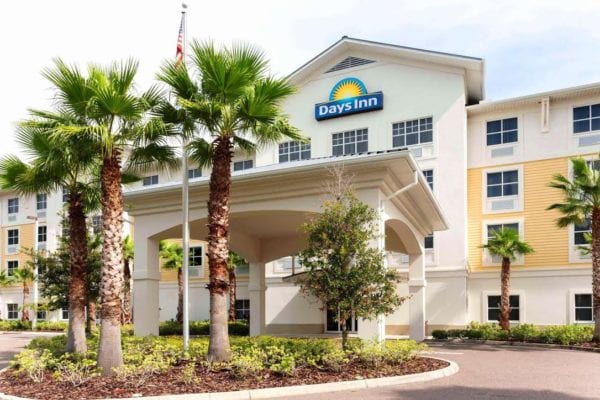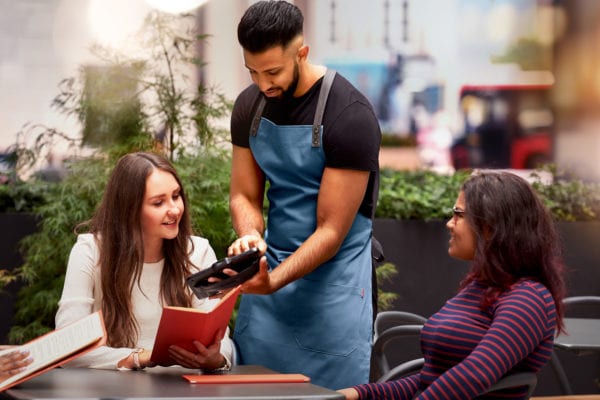Skift Take
There's a great "unicorn Toast" joke in here somewhere, but mostly this investment in a relatively young restaurant technology company underscores the value that both investors and restaurants are placing on connected, modern, and agile software to run competitive and profitable businesses.
— Kristen Hawley
Toast, the five-year-old restaurant point of sale (POS) system, announced a $115 series D round at a valuation of $1.4 billion. Toast plans to accelerate research and development on its products, including its newest product, the handheld Toast Go system, which launched in May of this year. The round was led by funds and accounts advised by T. Rowe Price Associates, Inc., with participation from new investor Tiger Global Management, LLC and existing investors.
“The demand for what we’re doing has been really strong, and so for us this round was really about doubling down across the board but especially in [research and development]” Toast president and co-founder Aman Narang told Skift Table. “We think there’s an opportunity to build something that’s really purpose-built, just for restaurants, that’s a full vertical application and a product that supports a restaurant.”
Competition in the restaurant POS space has been heating up as systems vie for business from all restaurants, from huge chains to independent operations. Historically, but as recent as a decade ago, point of sale systems were on-premise, Windows-based technology often built on ’90s-era infrastructure — not the cloud-based, connected, easy-to-update systems attracting investor and customer attention today.
Narang attributes the company’s rise in a space formerly dominated by legacy systems to offering top technology to even the smallest restaurant partner. “You think of the obvious, like Panera, Starbucks, Domino’s — bigger brands and how much they can invest in technology, whether it’s order ahead, or online ordering, or kiosk, or whatever it may be. We felt like there was an opportunity to democratize all of that technology for all restaurants. That’s what has helped us grow,” said Narang.
A core Toast feature is the ability for the system to interface with any number of smaller, third-party apps and systems like Grubhub, Olo, LevelUp, and more. This makes a restaurant’s POS central to all its operations, tracking data, customer relationship management, payments, reservations, even dietary preferences. By connecting different apps and services, the point of sale system becomes the heart of a restaurant’s infrastructure.
For example, said Narang, connecting a scheduling application to the point of sale system allows all scheduling data — hours, shift exchanges, time enforcement, employee performance, and more — to be run from one central location. “Historically, that’s something that was very manual,” he said. “A lot of these applications are just enabled in a big way by having a point of sale that’s cloud-connected at its core.”
Plenty of others are working within this space. In March, for example, Resy and Toast competitor Upserve announced an official partnership giving restaurants who use both systems a layer of actionable, easily-displayed data. Resy CEO Ben Leventhal said at the time, “Partnerships like this one propel the industry into the future, which is looking increasingly bright.”
Toast previously reported a $101 million series C round last July. The company now employs over 1,000 people in 30 states.






